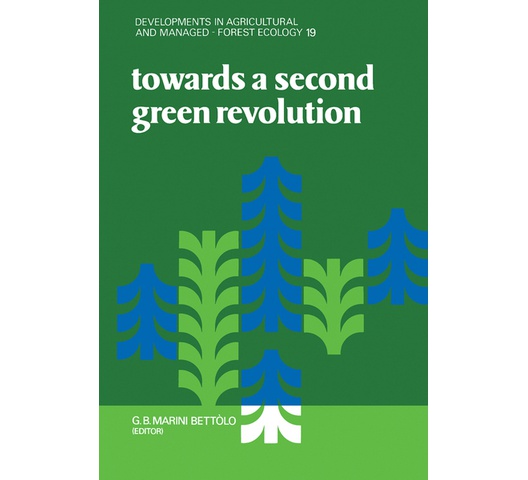
Towards a Second Green Revolution
Genetic research in some fundamental crops, together with the use of chemicals as pesticides and fertilizers, opened the way in the 1950s and 1960s to great changes in methodology in agriculture - with astonishing results in the tropics. This change became known as the Green Revolution - a truly great revolution in methods and materials which, when applied with intelligence, made possible in a few years the achievement of complete sufficiency in cereals production in South and South East Asia, Mexico and South America. After 20 years of continuous success, aspects of the Green Revolution need to be rediscussed in the light of new findings and possibilities offered by scientific and technological progress - and negative side effects on environment and health.
These papers examine the present state of agriculture, and indicate the way forward for its development, especially in the tropics and, in particular, Africa and South America. The need for more research is stressed; priorities in the application of this research are discussed, such as the economic aspects of any new system to be adopted, and the need to respect the ecological equilibria of different environments and the balance of energy input/output in a given agrosystem.
These papers examine the present state of agriculture, and indicate the way forward for its development, especially in the tropics and, in particular, Africa and South America. The need for more research is stressed; priorities in the application of this research are discussed, such as the economic aspects of any new system to be adopted, and the need to respect the ecological equilibria of different environments and the balance of energy input/output in a given agrosystem.
KES 16,478

International delivery
Free click & collect
| UPC | 9780444599636 |
|---|---|
| Author | Marini-Bettòlo, G. B. |
| Pages | 0 |
| Language | English |
| Format | |
| Publisher | Elsevier Science |
| SKU | 9780444599636 |
None

